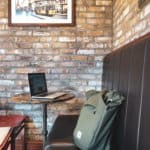Let’s talk about what you need to know before flying with contact lenses.
Contact lenses may be your go-to for clear sight, but there are some considerations to keep in mind, especially if you’re packing them or wearing them on a flight. Flying with contact lenses can be convenient, but taking extra care of them is essential if you don’t want your trip ruined by discomfort, poor vision or an eye infection.
Fortunately, it’s not rocket science; you just have to be strategic when bringing them onboard the plane!
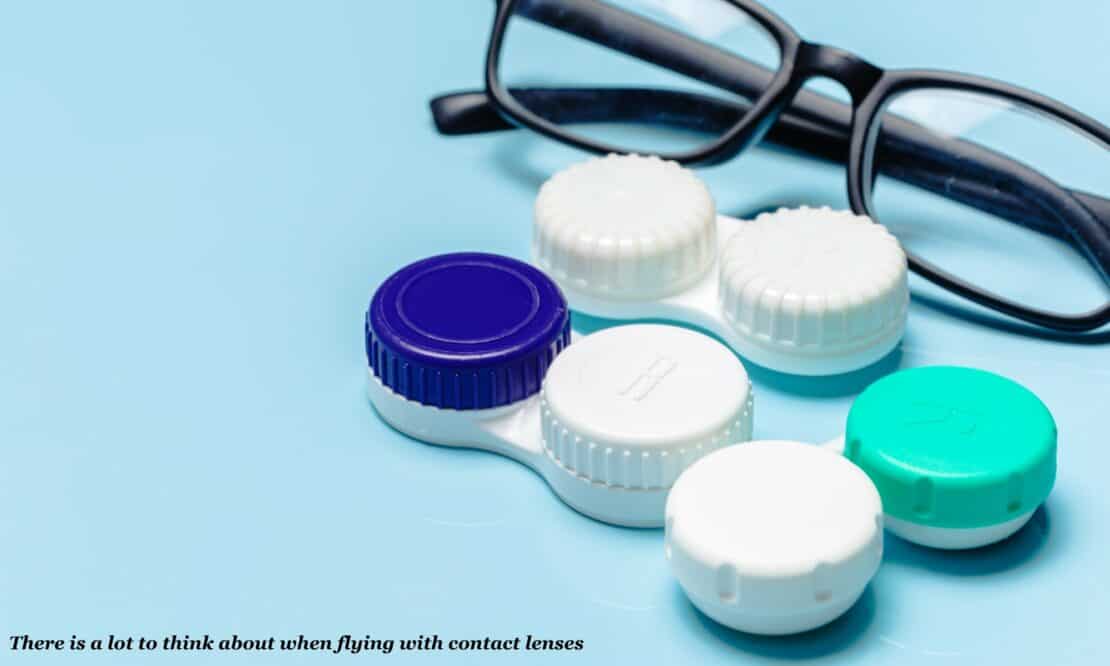
Flying With Contact Lenses: What You Need to Know
Opt for Daily Contact Lenses
Contact lenses come in all kinds of replacement schedules, which you can choose from based on your comfort and lifestyle. If you’re going to be on the go for most of your trip or want to take them off quickly on a plane, daily contact lenses are one of the best options for travelling.
They’re super convenient because you just wear them for the day and then toss them out; no cleaning, disinfecting, or storing required! This also makes them more hygienic since there’s a lower risk of bacteria and protein build-up that can make your eyes feel irritated or cause infection, things you’d want to avoid for a smooth and pleasant trip.
Ah, but which daily contact lenses are best for you? You need to consult your eye doctor for real advice but it’s worth knowing that many contact lenses are also designed to keep your eyes comfortable all day using hydration technologies. The 1-Day Acuvue Moist contact lenses, for example, have Lacreon technology that keeps eyes moist for comfort. They even have UV-blocking features that are useful for tropical destinations and summer holidays.
The Dailies AquaComfort Plus contacts use three hydrating agents and blink-activated technology to hydrate your eyes, which you’d need in drier climates. And when you’re travelling, they’re a breeze to pack and bring into a plane since you don’t need to lug around contact lens solution or a case in your luggage.
Pack the Right Essentials
Even if you’re confident in the quality of your contact lenses, you may need to pack other eye care essentials to ensure comfort and hygiene. If you plan to wear contact lenses on the plane, pack eye drops in your carry-on or personal bag. They’re a must since the plane cabin tends to be dry, which can make for an uncomfortable flight if your eyes aren’t hydrated. A great choice is the Systane Complete Preservative-Free eye drops, which can keep dryness at bay for up to a whopping eight hours.
Personally, I never wear contact lenses on long-haul flights. The dry air makes them too uncomfortable. Take your back up glasses instead and save your daily disposable contact lenses for when you’re on the ground. It’s also worth packing a copy of your prescription – even if it’s just a snapshot on your phone.
For more tips and tricks, don’t miss this list of long haul flight essentials.
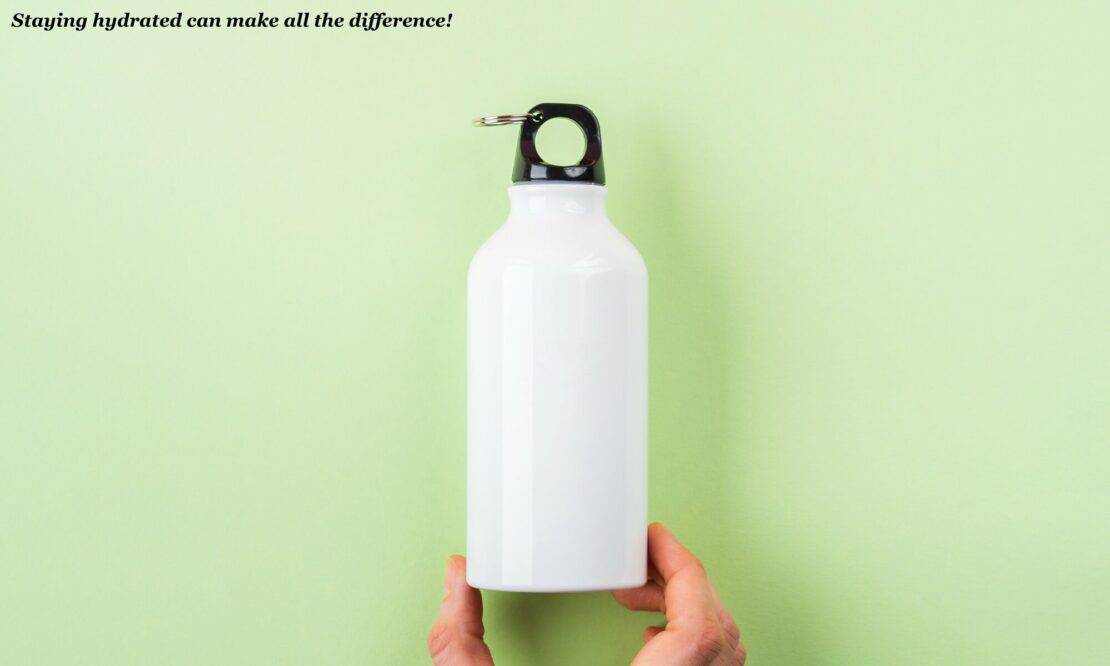
Stay Hydrated
Staying hydrated is also a good rule of thumb for flying with contact lenses, not just a meme-y social media slogan. Drinking water regularly during the flight helps your eyes produce tears so you aren’t plagued with discomfort the whole time. A reusable insulated water bottle may be your saving grace on the plane for quick sips all throughout. You can save yourself – and the flight attendants – the time and effort of pouring constant refills in tiny cups.
If you’re not wearing dailies, a contact lens case and contact lens solution are a must for keeping your contacts clean. If you’re going to doze off in the plane, put your contacts in the case with fresh solution when you need to sleep to avoid painful infections. But before you stuff them in your bags, read up on the latest air travel liquid rules to avoid any issues. This saves you the trouble of dealing with blurry vision, irritated eyes, and airport problems all at once.
Bring Spare Glasses and Contact Lenses
Glasses may have become a thing of the past for you if you’ve made contact lenses your go-to for clear vision. But even if you’re a pro at wearing and handling contact lenses and can do your cleaning routine with your eyes closed, your specs should always be on your packing list.
Extra glasses will come in handy when you can’t wear your contacts or if you need to give your eyes and you a much-needed break during your flight. Plus, they’re also helpful in emergencies, like if you need to suddenly remove your contact lenses on the flight or if one fell out of your eye. If your eyes become uncomfortable and dry in the cabin, you can pop them out of your eyes and put on your glasses. Even if you’re not planning to use your glasses regularly during your trip, it’s also a good idea to get an eye check-up before you go to make sure your prescription is up to date.
Aside from your trusty specs, bringing spare contact lenses can also save you some last-minute stress. If you need to replace your lenses earlier than expected on the plane or at your destination, you won’t have to worry about buying more packs when you land. There’s also a chance your boxes of contact lenses can get damaged or lost between the airport and your destination, especially if they’re packed in your checked-in luggage. The last thing you want is to spend time and money replacing them, especially in a foreign language, so it’s best to overpack in this case to prevent the extra hassle.
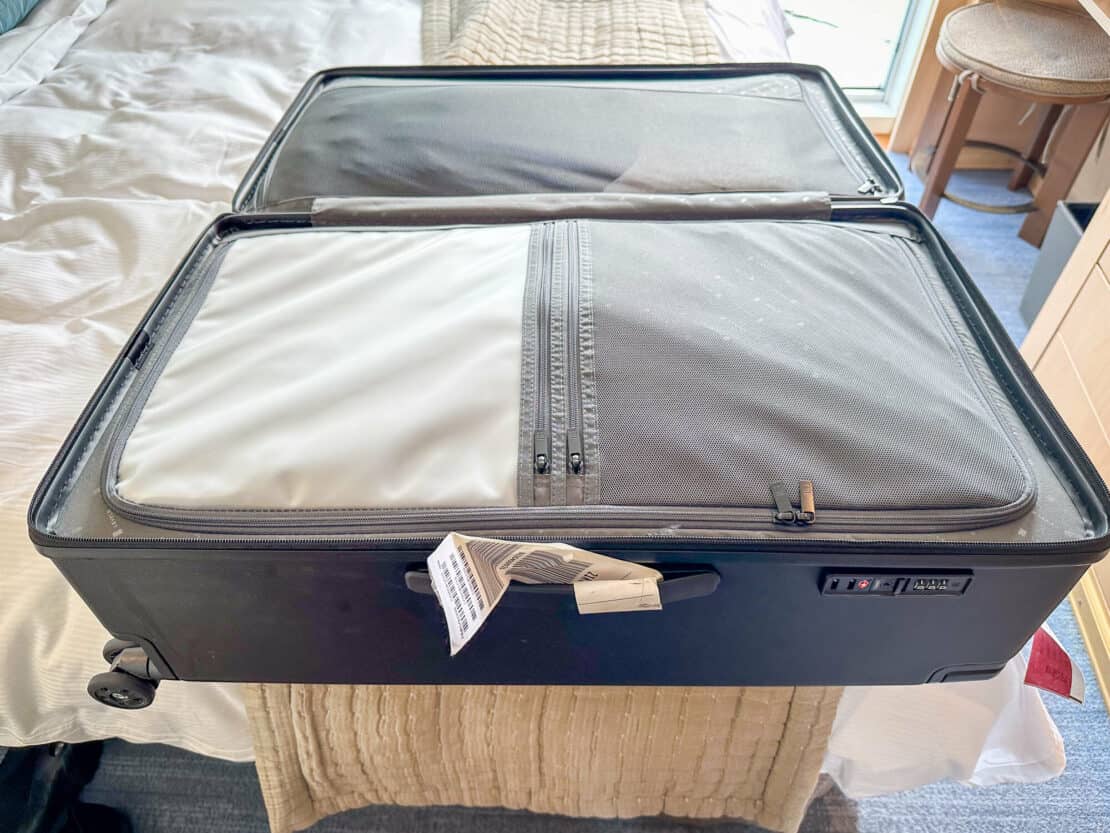
Pack Strategically
Savvy contact lens wearers know to pack their lenses in their carry-on bag and in their hold suitcase if they have one. That way, you can still see even if the airline loses your main luggage or someone swipes your carry-on luggage.
The only thing to consider when packing them in your hand luggage is that different countries have different rules around liquids. In theory, contact lenses should be exempt from the limits but it’s worth only bringing an unopened bottle of contact solution (saline solution), with your prescription, in case the transportation security administration officials have questions. The best option is always to be prepared. You can find a list of the best carry-on luggage for women here.
Eye drops for dry eyes usually come in small bottles, so should easily fit into your personal allowance. Just remember to put them in the clear plastic ziplock bag with any other liquids, pastes or gels, and declare them at airport security. Pack them near the top of your luggage for easy access when in the queue.
Other Considerations When Flying With Contact Lenses
I’ve never tried them but I know that some people swear by prescription goggles, especially if your prescription goes further than around -4.0. Likewise, prescription sunglasses. Make sure your eye test is up to date and consider investing in a travel contact lens case if you use monthly contact lenses.
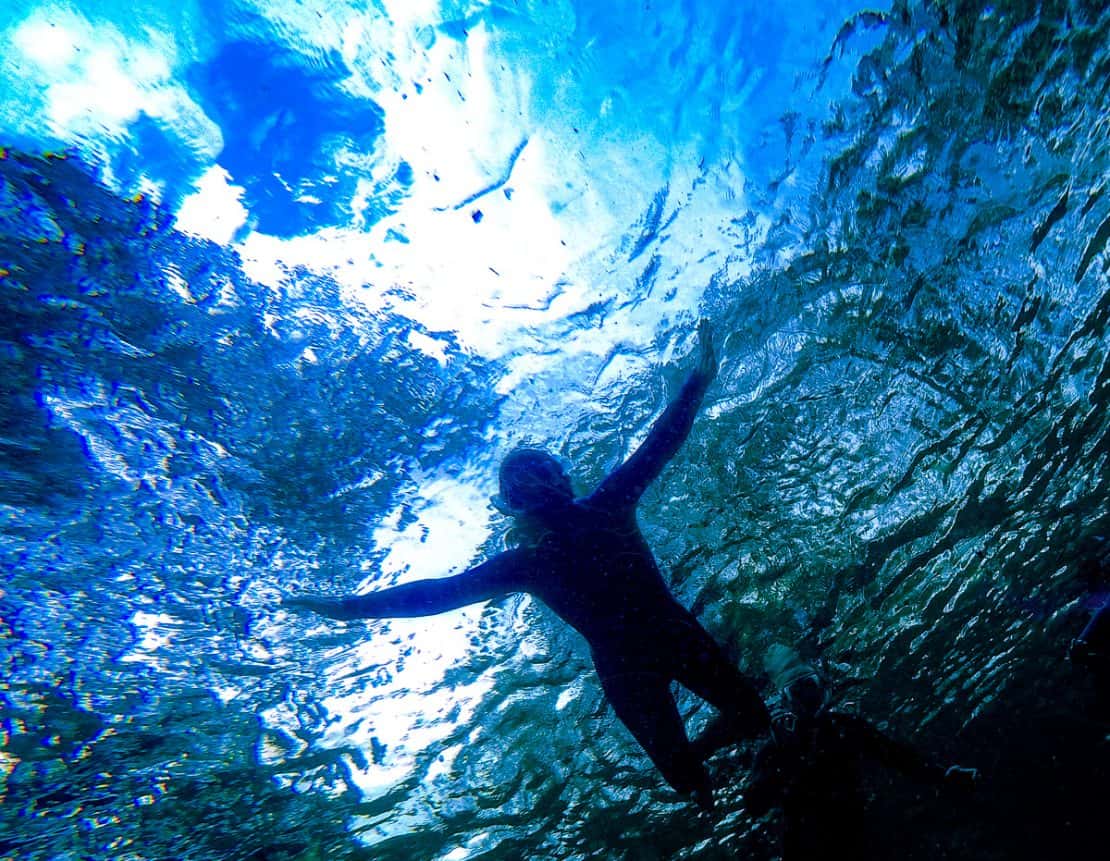
When Not to Wear Your Contact Lenses
As usual, avoid wearing your lenses while swimming, sleeping or having a shower to reduce the chances of infection. But if you’re on the road, you may also need to take them out for the hot tub, while sky-diving, snorkelling and more. This international travel checklist can help you be sure you haven’t forgotten anything.
Flying with contact lenses isn’t exactly the most straightforward experience, but with a little preparation, all should be well. Opt for daily disposable lenses and you’ll spend less time with red eyes and artificial tears.
Disclosure: while this lovely article on flying with contact lenses aims to be helpful and leave you with a hassle-free experience, it’s no substitute for proper medical attention. Talk to your trusted eye care professional, especially before long flights or if you are a frequent traveler. Your eye health is too important to ignore.
More Flight Hacks
- Long haul flight essentials – what you need for a more comfortable flight
- The best flight booking hacks for savvy travellers
- How much does it cost to charter a plane?
- Which airline has the best business class to London?
- The Cathay Pacific Business Class Review
- The British Airways Business Review: the new Club Suite
- The Virgin Business Class Review: is it worth it?
- The traditional British Airways Business Class Review
- Can laptops go in checked luggage? What you need to know.

